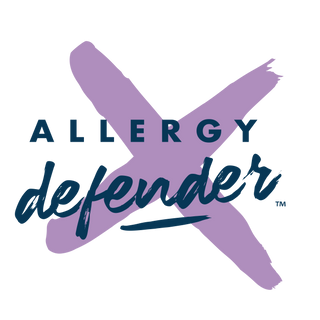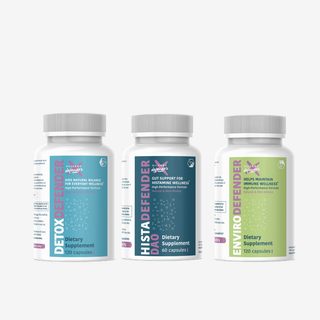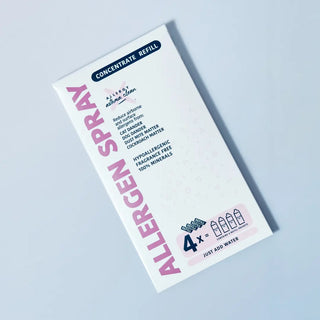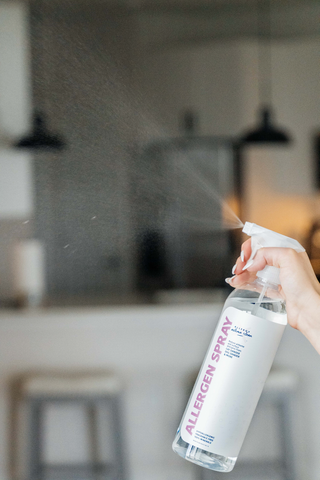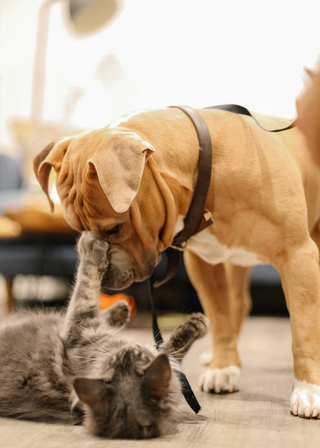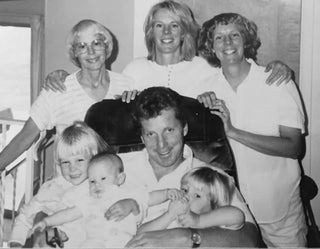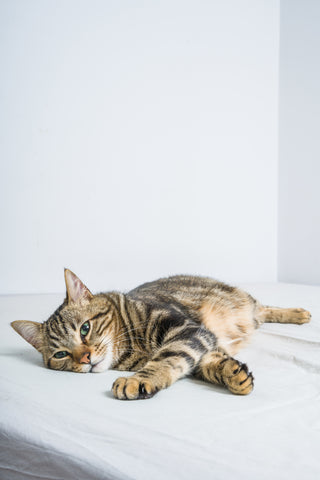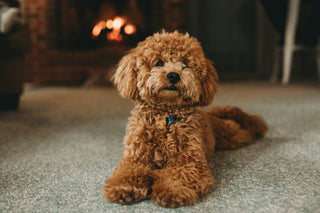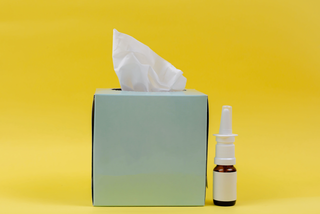Pet dander consists of tiny skin flakes shed by cats, dogs, and other furry animals containing allergenic proteins that trigger immune responses—not the fur itself. Additional allergens include proteins in saliva and urine deposited on hair during grooming. Symptoms include sneezing, coughing, nasal congestion, itchy eyes, and breathing difficulties. Management strategies include regular outdoor grooming, vacuuming with HEPA filters, air purifiers in key rooms, establishing pet-free zones (especially bedrooms), washing pet bedding frequently, and using Allergy Asthma Clean Allergen Spray by Allergy Defender on surfaces and in air.
Key Takeaways:
- Proteins in dander cause allergies, not fur – microscopic skin flakes become airborne and settle on surfaces; saliva/urine proteins deposited during grooming also trigger reactions
- Cats produce more allergens than dogs – cat proteins are smaller and more easily airborne; certain breeds (Siamese, Russian Blue) produce fewer allergens
- "Hypoallergenic" dog breeds exist – Poodles and Bichon Frises shed less and produce fewer allergens, potentially better for allergy sufferers
- Regular grooming reduces dander – brush pets outdoors to remove loose fur/hair with attached dead skin cells, preventing indoor spread
- HEPA filtration essential – vacuum carpets/upholstery with HEPA filters, use air purifiers in rooms where pets spend time and in bedrooms
- Allergy Asthma Clean Allergen Spray by Allergy Defender spray in air and on surfaces, walk away for 10 minutes while product neutralizes allergens for easier allergy relief
For many of us, Felix and Fido are beloved members of our families, but they can be a cause of concern, particularly for those with pet allergies. Why? Because dogs and cats produce pet dander.
What is Pet Dander
Pet dander refers to tiny flecks of skin shed by animals, including cats, dogs, and other furry companions. Contrary to popular belief, it is not the pet's fur or hair that causes allergic reactions; rather, the proteins in their dander that trigger immune responses in susceptible individuals.
The Only Source of Pet Dander
Shedding skin: Dogs and cats, just like humans, constantly shed skin cells as part of their natural biological processes. These microscopic skin flakes become airborne and settle on surfaces throughout our homes. This is pet dander. It's an allergen.
Other allergens connected with pet allergies include saliva and urine. Pets groom themselves by licking and depositing the saliva and urine on their hair. Skin cells attach to the hair; that's why it's pet dander you're allergic to. Both saliva and urine are proteins. Proteins cause allergies. People can also be allergic to birds because of their feathers.
Pet dander is not only limited to cats and dogs but can also come from other animals with fur, such as rabbits, guinea pigs, hamsters, and even certain rodents.
Most people think of pet hair as an allergen. It isn't. Pet hair is something pet dander clings to; face it, we see pet hair everywhere in our home, and that's why we think we're allergic to pet hair.
Impact on Human Health
Exposure to allergens such as pet dander can trigger uncomfortable symptoms, including sneezing, coughing, nasal congestion, itchy eyes, and even breathing difficulties for individuals with allergies or asthma.
Managing Pet Dander
While complete elimination of pet dander from a household is virtually impossible, several measures can be taken to minimize its presence and reduce allergic reactions:
Regular Grooming: Brushing your pet can help remove loose fur or hair (dead skin cells attach themselves to both), minimizing the amount of dander in the environment. Consider brushing outdoors to prevent dander from spreading indoors.
Vacuuming and Dusting: Vacuuming carpets, upholstery, and frequent dusting, can help remove dander that has settled in your home. For optimal efficiency, use a vacuum cleaner with a HEPA (high-efficiency particulate air [filter].
Air Purification: Utilize high-quality air purifiers with HEPA filters to capture airborne pet dander particles and improve the air quality in your living space. Place them strategically in rooms where your pet spends the most time. You certainly want to consider placing it in your pet-free bedroom, too.
Pet-Free Zones: Establish areas where dogs and cats are not allowed, such as bedrooms or certain areas of the house. This can reduce allergens in those rooms and provide allergy sufferers with a safe space.
Regular Cleaning: Maintain a clean home by regularly washing pet bedding, curtains, and any other fabric that collects dust and dander.
While these measures can help reduce pet dander, complete elimination is challenging, especially if you have a pet. If you have severe pet allergies, you might avoid dogs or cats or explore other pets that don't shed skin cells, such as fish or snakes (although we get it, it's not the same as a dog or cat).
Are Certain Types of Pets More Prone to Causing Pet Dander?
Among household pets, cats produce higher levels of allergenic proteins in their dander than dogs. The proteins cats produce are smaller and more easily airborne, making them more likely to trigger allergies. Additionally, certain cat breeds, such as Siamese and Russian Blue, are believed to produce fewer allergen proteins, making them potentially more tolerable for people with allergies.
Dogs also produce dander, but the amount can vary depending on the breed. Some breeds shed less and have less dander, which reduces the risk of triggering allergies. "Hypoallergenic" dog breeds, such as Poodles and Bichon Frises, are often recommended for individuals with allergies as they produce fewer allergens.
Tip 1: Did you know some locations have self-service dog wash stations to make it easier to clean your best friend?
Tip 2: Allergy Defender's Allergen Spray can help relieve your pet dander symptoms. Spray the product into the air and on surfaces. Walk away for 10 minutes while the product works. Allergy relief couldn't be easier. Making life with indoor allergies healthier and happier.
